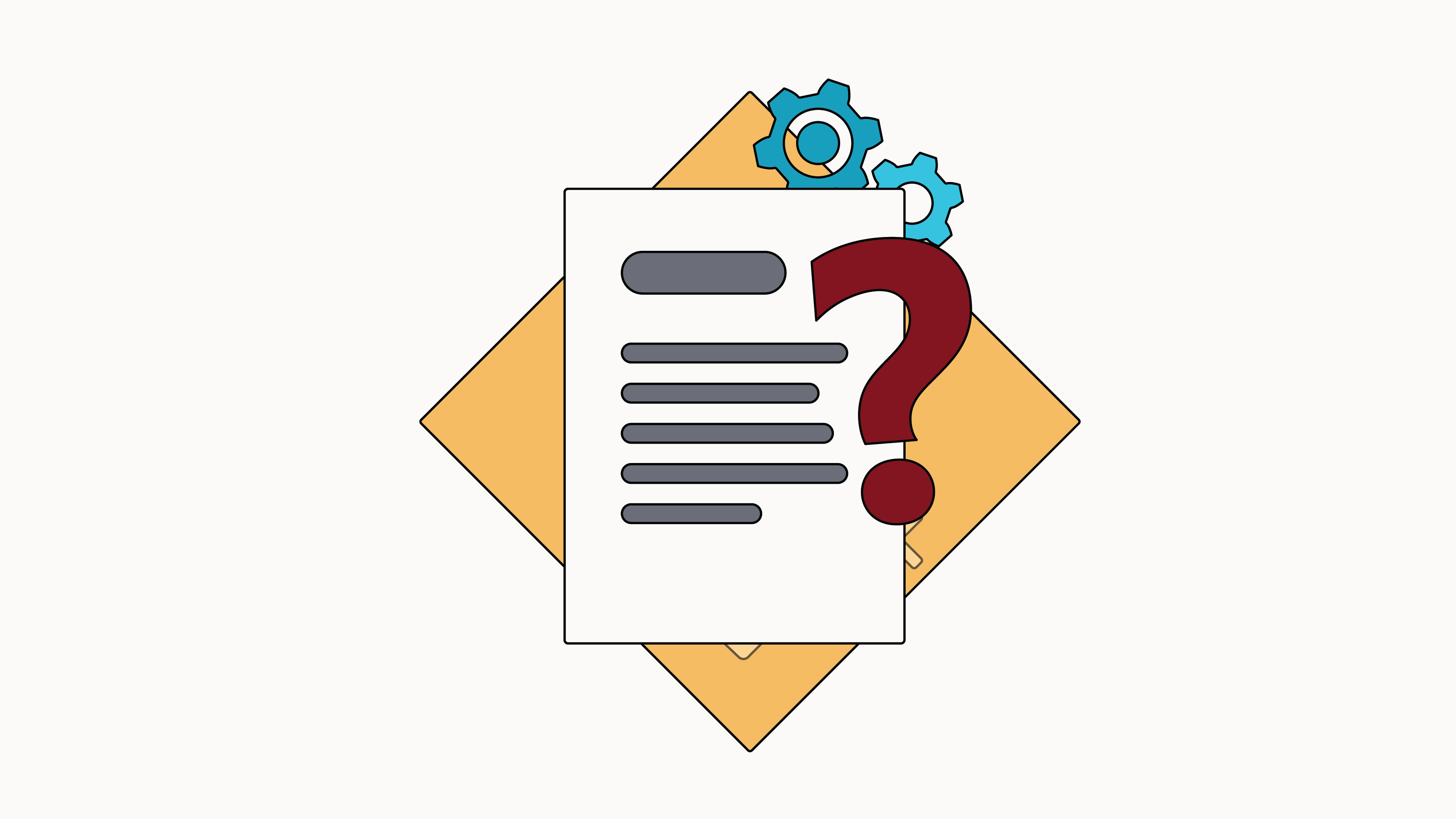The educational objectives define the purposes of the instructions given by the trainer during the training and are then part of the strategy ofeducational engineering. These are skills, know-how or knowledge acquired by the learner at the end of their training.
Here are the 3 steps to follow to properly define your educational goals.
Step 1: Do not confuse educational objective with operational objective
According to the CEDIP, operational goals are the set of operational activities that learners should be able to carry out in their post-training work. On the other hand, Educational objectives are defined as the set of knowledge, skills and skills that learners must have acquired at the end of a training course. These make it possible to define the training path of learners and to carry out an evaluation if necessary. Announcing the objectives from the start allows learners to understand the challenge of the training.
The educational objectives are developed according to the training objectives. Their correct definition is a necessary condition foreffectiveness of training, regardless of its field.
What action to put in place?
- Define educational objectives to guide the training of learners.
Step 2: Use Bloom's Taxonomy Method to Define a Goal
Have you ever heard of the Bloom's taxonomy ? In 1956, Benjamin Bloom, an American psychologist, and his collaborators Edward Furst, Max Englehart, Walter Hill, and David Krathwohl decided to publish a framework for categorizing educational objectives: Bloom's taxonomy.
This framework consists of 6 levels of taxonomy often represented in the form of a pyramid:
- knowledge: ability to remember information
- comprehension: ability to understand information
- application: ability to use information on a concrete case
- analysis: ability to break down information into essential parts
- synthesis: ability to create something new from different pieces of information
- evaluation: ability to judge or criticize information
This model makes it possible to choose action verbs to formulate objectives according to the level of training and the learners.
-> What action should be put in place?
- Take into account Bloom's taxonomy to formulate clear and appropriate objectives.
Step 3: Have SMART goals to set learning goals
To define viable learning goals, you can also rely on the SMART model. An objective should be:
- Specific : the objective is detailed and targeted. Anyone who is aware of these goals should understand them without difficulty.
- Measurable : the objective is measurable and can be observed throughout the training.
- Achievable: the objective is motivating and not unattainable.
- Realistic: the objective must be achievable in order to federate.
- Temporal: the deadline should be clear. Consider setting milestone dates.
-> What action should be put in place?
- Choose specific, measurable, achievable, realistic and time-bound goals.
What you need to remember when setting learning goals
- An educational objective is not an operational objective. It is important to formulate them from the learner's point of view;
- Bloom's taxonomy makes it possible to choose action verbs in line with the level of training;
- The SMART model is a viable tool to help you define goals, and ultimately create the best training program.




